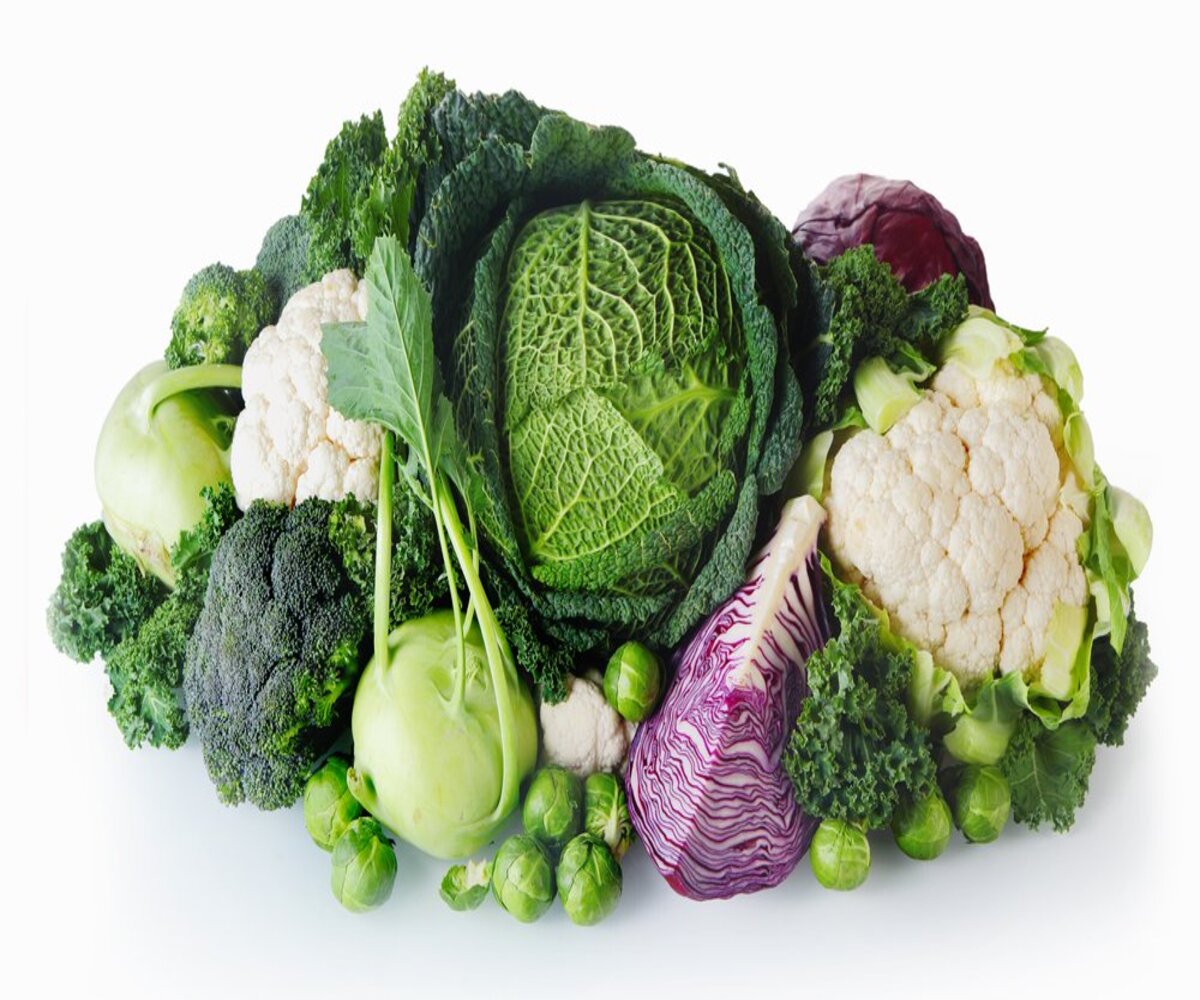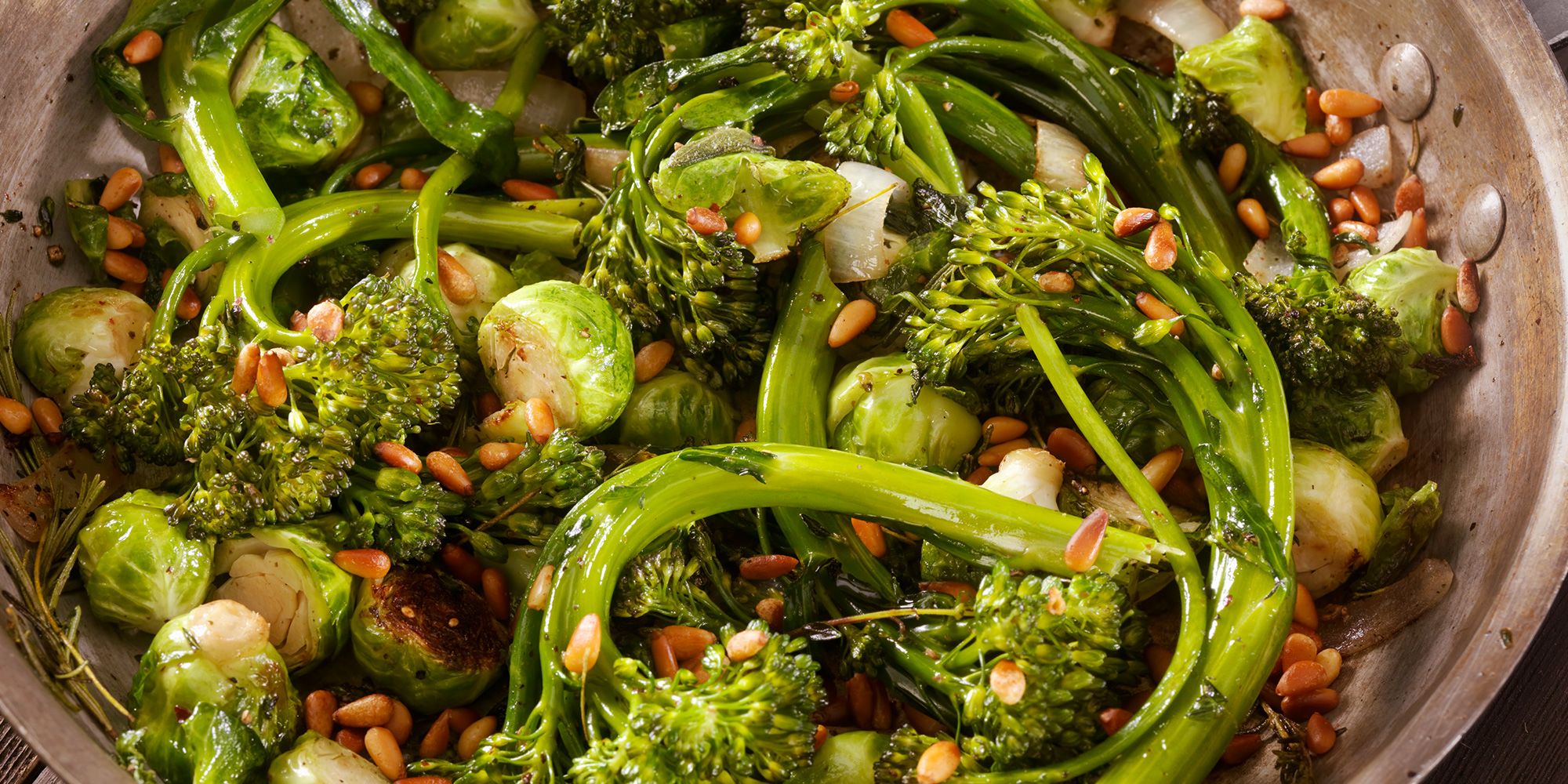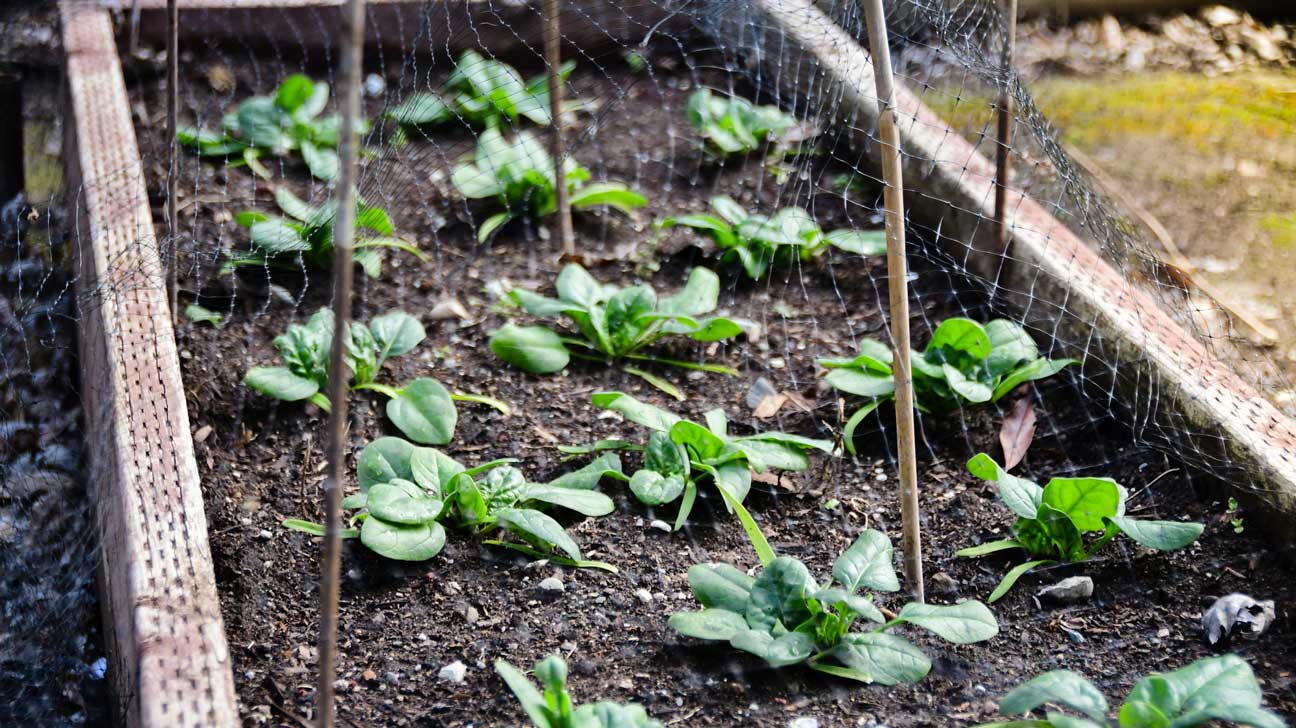Home>Types of Gardening>Ornamental Gardening>What Flowers Have Bulbs


Ornamental Gardening
What Flowers Have Bulbs
Published: January 23, 2024
Discover the beauty of ornamental gardening with bulbs. Learn about the flowers that have bulbs and add vibrant colors to your garden.
(Many of the links in this article redirect to a specific reviewed product. Your purchase of these products through affiliate links helps to generate commission for Chicagolandgardening.com, at no extra cost. Learn more)
Table of Contents
**
Introduction
**
When it comes to creating a vibrant and enchanting garden, the choice of flowers plays a pivotal role. Among the myriad of flowering plants, those that grow from bulbs are particularly captivating. These underground powerhouses store all the essentials for a new plant to emerge, making them a popular choice for both novice and seasoned gardeners.
Bulb flowers are renowned for their stunning blooms, which can range from delicate and dainty to bold and showy. Their diverse colors, shapes, and sizes make them a versatile addition to any garden or landscape. Whether you're aiming to adorn your flower beds, create a striking floral arrangement, or simply add a pop of color to your surroundings, bulb flowers offer an array of options to suit your preferences.
Understanding the nature of bulbs and the wide variety of flowers they produce is essential for cultivating a successful and visually appealing garden. In this article, we'll delve into the world of bulb flowers, exploring their unique characteristics, popular varieties, and the best practices for planting and caring for them. By gaining insight into these fascinating plants, you'll be well-equipped to enhance your garden with an abundance of breathtaking blooms that will flourish year after year.
**
What Are Bulbs?
**
At the heart of bulb flowers lies a remarkable structure known as the bulb. A bulb is a specialized underground storage organ that contains all the nutrients and genetic material necessary for a new plant to develop. This unique adaptation allows the plant to survive adverse conditions and bloom repeatedly, making bulbs a valuable asset for gardeners seeking enduring beauty in their landscapes.
Bulbs come in various shapes and sizes, but they generally consist of several essential components. The basal plate, located at the bottom of the bulb, serves as the point of attachment for the roots and is responsible for anchoring the plant in the soil. Scales, which are modified leaves, envelop the central shoot and store the nutrients needed for growth. The embryonic shoot, encased within the protective layers of the bulb, contains the developing leaves and flower bud, ensuring a swift emergence when conditions are favorable.
One of the most intriguing aspects of bulbs is their ability to thrive in a dormant state. During unfavorable seasons or periods of dormancy, the plant withdraws into the bulb, conserving energy and resources until the time is right for growth and flowering. This remarkable adaptation enables bulb flowers to withstand harsh winters and arid summers, reemerging with vigor when the environment becomes conducive to their development.
Furthermore, bulbs exhibit exceptional resilience, capable of enduring a wide range of environmental conditions. Their capacity to thrive in various soil types, from well-draining sandy soils to heavy clay, makes them adaptable to diverse garden settings. Additionally, many bulb flowers are deer and rodent resistant, providing a natural defense against common garden pests.
Understanding the anatomy and resilience of bulbs is fundamental to harnessing their potential in the garden. By comprehending the inner workings of these remarkable structures, gardeners can cultivate a rich tapestry of bulb flowers, infusing their outdoor spaces with enduring beauty and charm.
Popular Flowers with Bulbs
When it comes to bulb flowers, the options are as diverse as they are enchanting. From early spring to late summer, these captivating blooms grace gardens with their radiant colors and alluring fragrances. Let’s explore some of the most popular flowers that emerge from bulbs, each offering its own unique charm and visual appeal.
- Tulips: Renowned for their iconic cup-shaped blossoms and vibrant hues, tulips are a beloved symbol of spring. With an extensive range of colors and patterns, these versatile flowers can be showcased in a variety of garden settings, from formal borders to naturalistic landscapes.
- Daffodils: Characterized by their cheerful yellow or white petals and trumpet-shaped corona, daffodils herald the arrival of spring with their bright and sunny demeanor. These resilient flowers naturalize readily, forming stunning drifts of color that enliven the landscape.
- Hyacinths: Emitting a rich, sweet fragrance, hyacinths captivate the senses with their dense clusters of star-shaped blooms. Available in an array of captivating colors, these fragrant flowers add a delightful sensory dimension to any garden.
- Crocuses: Among the first flowers to emerge in spring, crocuses blanket the ground with their delicate, cup-shaped blossoms. Their early arrival and ability to thrive in diverse conditions make them a valuable addition to both formal and informal garden settings.
- Irises: With their intricate, sculptural blooms and striking sword-like foliage, irises exude elegance and allure. These perennial favorites offer a wide spectrum of colors and bloom shapes, making them a versatile choice for adding drama to the garden.
These are just a few examples of the myriad bulb flowers that grace gardens with their captivating beauty. Whether you’re drawn to the classic elegance of tulips, the cheerful demeanor of daffodils, or the fragrant allure of hyacinths, there’s a bulb flower to suit every preference and style of gardening.
How to Plant and Care for Bulb Flowers
Planting and nurturing bulb flowers is a rewarding endeavor that yields an abundance of stunning blooms. To ensure the success of these enchanting plants, it’s essential to follow proper planting and care practices that cater to their specific needs. Here’s a comprehensive guide to help you cultivate thriving bulb flowers in your garden:
Planting Bulbs:
1. Selecting a Site: Choose a location with well-draining soil and adequate sunlight for optimal bulb growth. Ensure that the soil is rich in organic matter to provide essential nutrients for the plants.
2. Planting Depth: Follow the recommended planting depth for each type of bulb, as it varies depending on the species. As a general rule, bulbs should be planted at a depth that is approximately three times their diameter.
3. Spacing: Space the bulbs according to the specific requirements of each type, allowing ample room for the plants to grow and spread over time.
4. Orientation: Plant the bulbs with the pointed end facing upward to facilitate proper growth and flowering.
Caring for Bulb Flowers:
1. Watering: Provide consistent moisture to the bulbs during their active growth phase, ensuring that the soil remains evenly moist but not waterlogged. Reduce watering after the flowers have bloomed and the foliage begins to yellow and wither.
2. Fertilization: Apply a balanced fertilizer when planting the bulbs and again as they begin to emerge in spring. This helps provide essential nutrients for robust growth and vibrant blooms.
3. Deadheading: Remove spent flowers to prevent the plant from expending energy on seed production, encouraging it to channel its resources into bulb development for the following year.
4. Mulching: Apply a layer of organic mulch around the bulbs to conserve moisture, suppress weeds, and provide insulation against temperature fluctuations.
5. Overwintering: In regions with harsh winters, consider applying a layer of mulch or protective covering over the bulbs to shield them from extreme cold and temperature fluctuations.
By adhering to these planting and care guidelines, you can foster healthy, flourishing bulb flowers that will grace your garden with their resplendent blooms year after year. With proper attention and nurturing, these enchanting plants will reward you with an ever-increasing display of natural beauty.
Conclusion
As we conclude our exploration of bulb flowers, we are reminded of the enduring allure and captivating beauty that these remarkable plants bring to our gardens. From the vibrant hues of tulips to the fragrant clusters of hyacinths, bulb flowers enrich our outdoor spaces with a symphony of colors and scents, heralding the arrival of each new season with their resplendent blooms.
Embracing the art of cultivating bulb flowers allows us to partake in the timeless cycle of renewal and growth that unfolds beneath the soil’s surface. The act of planting a humble bulb is a gesture of faith in nature’s ability to manifest beauty and vitality, culminating in a breathtaking display of floral abundance. As we witness the emergence of delicate shoots and the unfurling of petals, we are reminded of the profound resilience and inherent grace that permeate the natural world.
Moreover, the process of tending to bulb flowers imparts a sense of connection and mindfulness, as we nurture these plants through their dormant phases and rejoice in their exuberant blossoming. It serves as a poignant reminder of the cyclical nature of life, where periods of quiet introspection are followed by moments of exuberant growth and expression.
In essence, the journey of cultivating bulb flowers transcends the mere act of gardening; it is a testament to the enduring beauty and vitality that grace our lives. It beckons us to pause, observe, and appreciate the subtle transformations that unfold in our gardens and within ourselves. Through the delicate petals and verdant foliage of bulb flowers, we are reminded of the profound capacity for renewal and the enduring splendor that permeates the natural world.
As you embark on your own gardening endeavors, may the enchanting allure of bulb flowers inspire you to cultivate a tapestry of beauty and vitality within your outdoor spaces. By nurturing these remarkable plants, you not only enrich your garden but also partake in a timeless celebration of nature’s boundless creativity and resilience.





